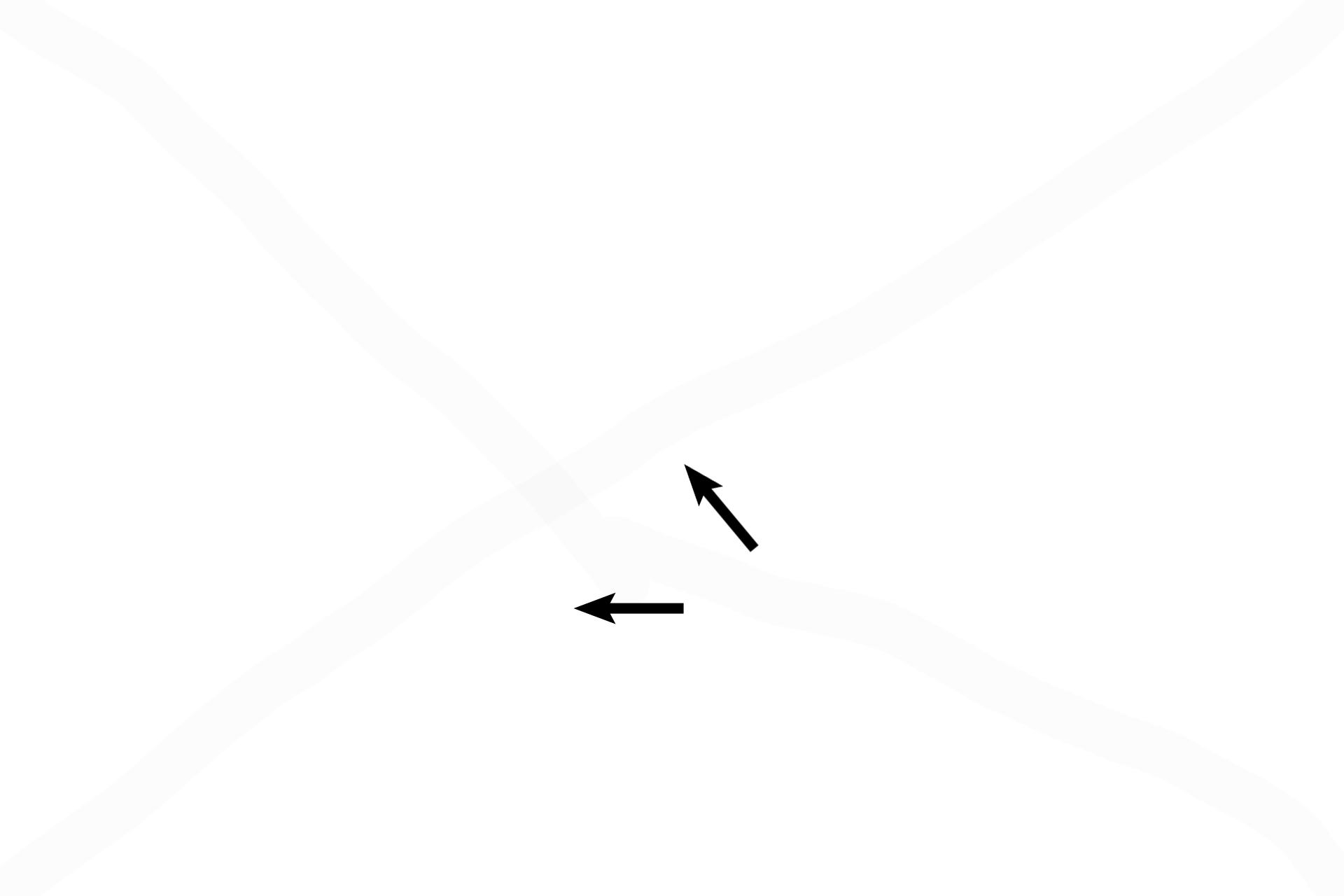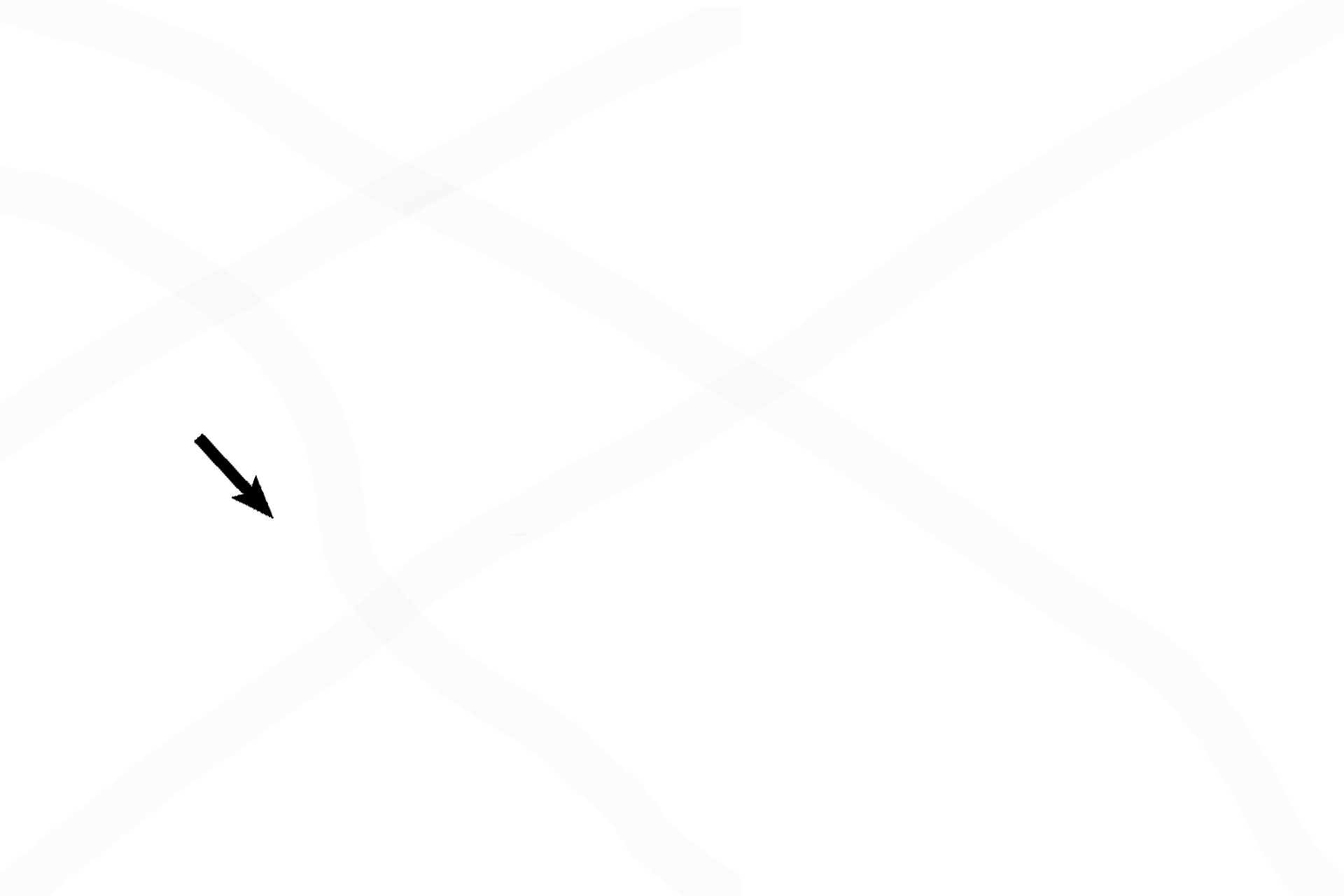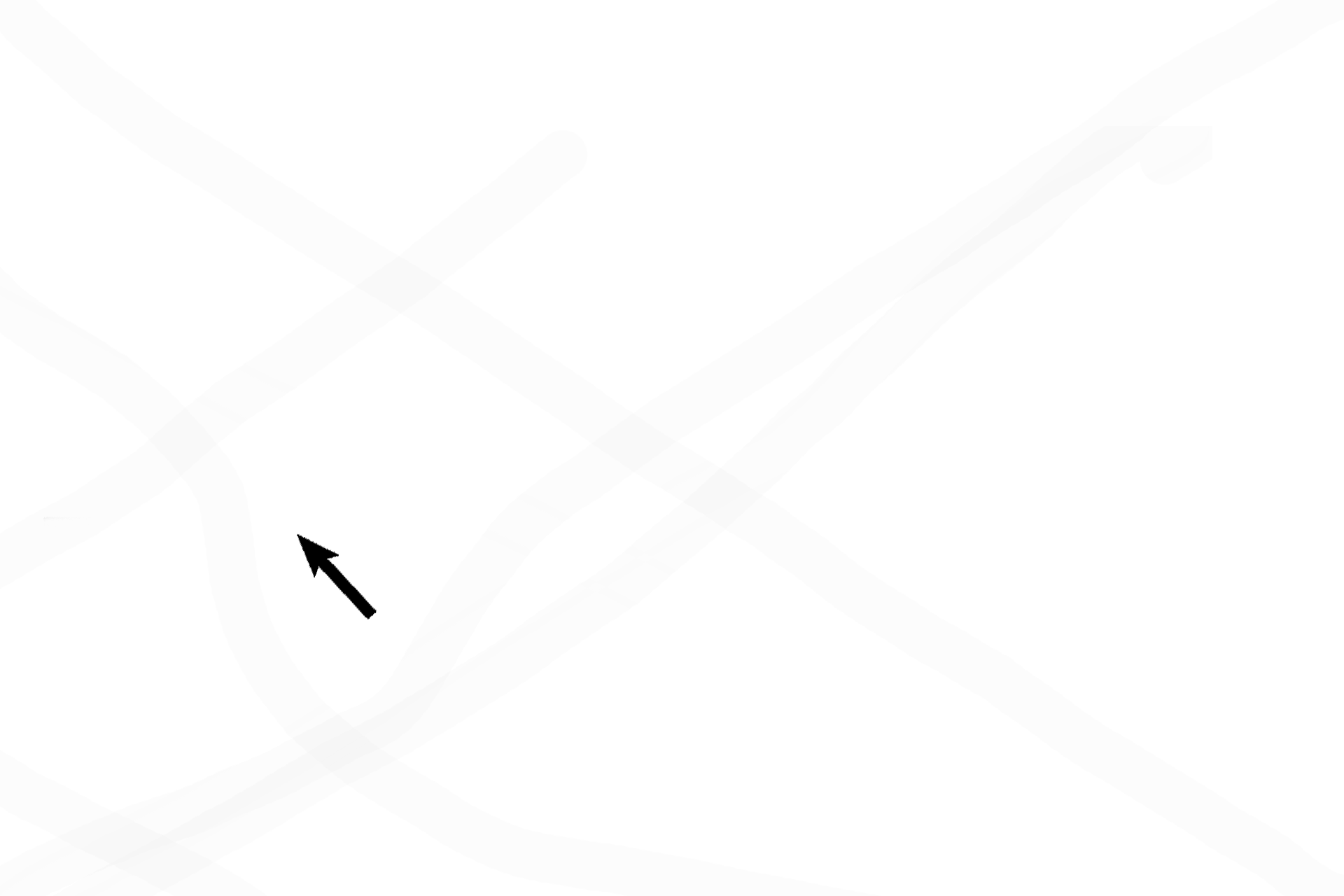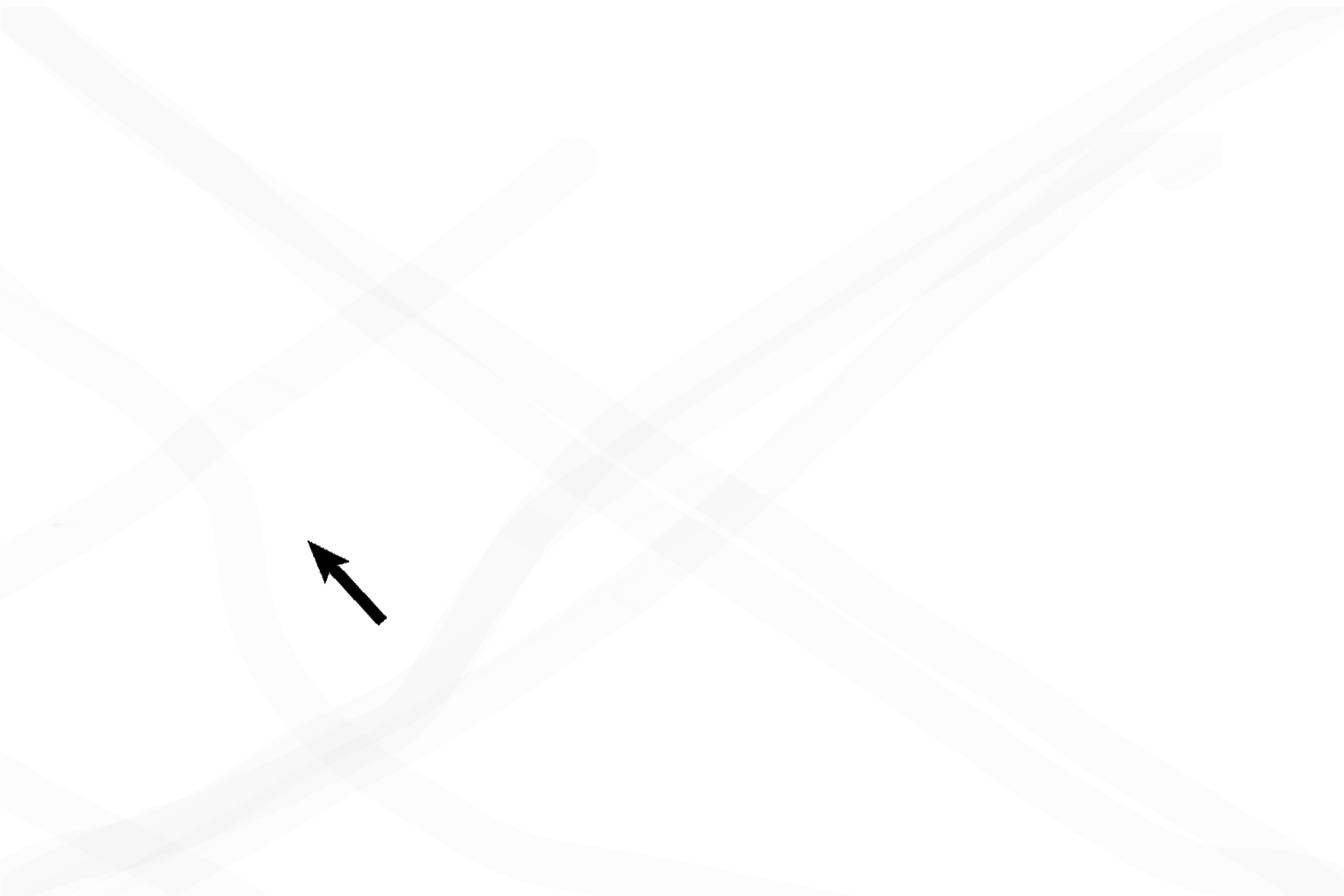
Audition
Sound waves impinge on the tympanic membrane and are transmitted across the auditory ossicles. Movement of the footplate of the stapes in the oval window produces pressure changes in the perilymph of the vestibular portion of the osseous labyrinth. These pressure changes continue into the scala vestibuli, causing deformation of the vestibular and basilar membranes.

Tympanic membrane
Sound waves impinge on the tympanic membrane and are transmitted across the auditory ossicles. Movement of the footplate of the stapes in the oval window produces pressure changes in the perilymph of the vestibular portion of the osseous labyrinth. These pressure changes continue into the scala vestibuli, causing deformation of the vestibular and basilar membranes.

Auditory ossicles
Sound waves impinge on the tympanic membrane and are transmitted across the auditory ossicles. Movement of the footplate of the stapes in the oval window produces pressure changes in the perilymph of the vestibular portion of the osseous labyrinth. These pressure changes continue into the scala vestibuli, causing deformation of the vestibular and basilar membranes.

Oval window
Sound waves impinge on the tympanic membrane and are transmitted across the auditory ossicles. Movement of the footplate of the stapes in the oval window produces pressure changes in the perilymph of the vestibular portion of the osseous labyrinth. These pressure changes continue into the scala vestibuli, causing deformation of the vestibular and basilar membranes.

Vestibule
Sound waves impinge on the tympanic membrane and are transmitted across the auditory ossicles. Movement of the footplate of the stapes in the oval window produces pressure changes in the perilymph of the vestibular portion of the osseous labyrinth. These pressure changes continue into the scala vestibuli, causing deformation of the vestibular and basilar membranes.

Scala vestibuli >
Pressure waves move from the vestibule into the perilymph of scala vestibuli, deflecting the vestibular membrane, the endolymph of the cochlear duct and the basilar membrane. Deflection of the basilar membrane causes a shearing action between the hair cells in the organ of Corti and the tectorial membrane, initiating a neural response.

Basilar membrane >
The basilar membrane, which forms the floor of the cochlear duct, is narrower at the base of the cochlea and wider at its apex. Maximal vibration, therefore, occurs at particular regions of the basilar membrane depending on sound wave frequency, i.e., the basilar membrane is tuned to particular frequencies, high at the cochlear base, low at its apex.

Scala tympani >
The pressure continues through the scala tympani to the round window, which bulges into the middle ear to cushion the pressure.

Round window
The pressure continues through the scala tympani to the round window, which bulges into the middle ear to cushion the pressure.

Helicotrema >
The helicotrema is an opening at the apex of the cochlea where the scala vestibulli and communicates with the scala tympani.